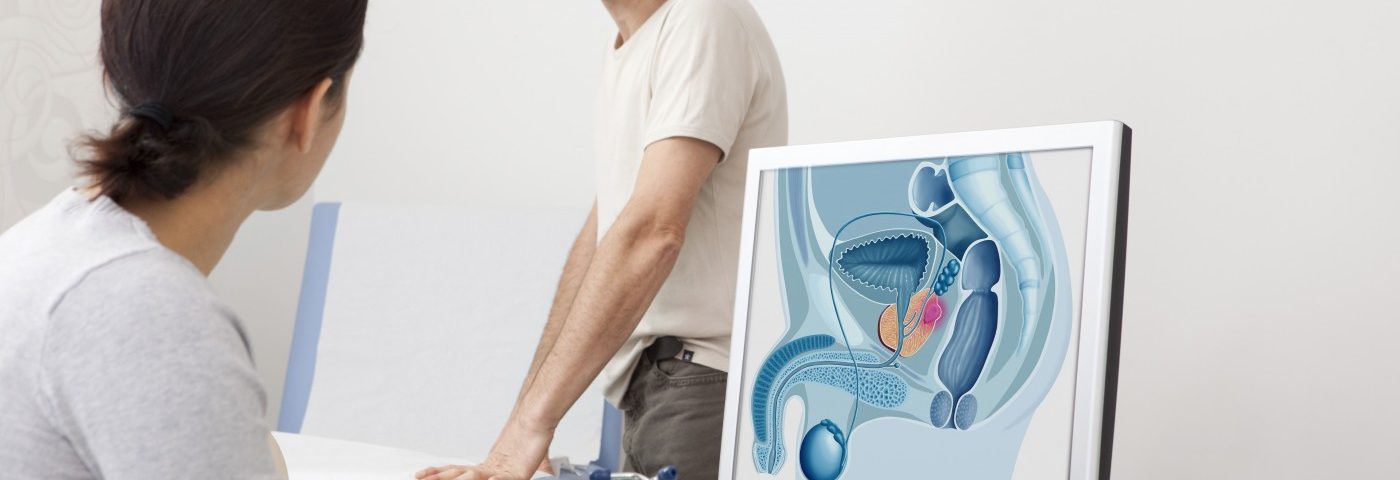Thermobalancing therapy, using a device that increases the temperature of the prostate gland, improved symptoms and lowered prostate volume in some men with benign prostatic hyperplasia (BPH).
The study, “Use of thermobalancing therapy in ageing male with benign prostatic hyperplasia with a focus on etiology and pathophysiology,” published in the journal The Aging Male supports the idea that prostate enlargement may be caused by too low prostate temperatures.
According to the theory, an irritating trigger makes blood vessels in the prostate constrict, causing what the research team from Oxford, England-based natural health company Fine Treatment refers to as microhypothermia, or locally reduced temperature.
As a consequence, blood flow to the prostate increases and leads to further growth of microscopic blood vessels.
The thermobalancing therapy intends to improve prostate gland blood circulation by applying a “special mixture of waxes” to the coccyx area. This is done with the help of Dr Allen’s therapeutic device (DATD), marketed by Fine Treatment, which uses body heat to increase the temperature of the prostate. This way, the temperature does not exceed normal body temperature.
The study included 124 patients who were treated with the thermobalancing therapy, but researchers did not disclose the number of patients in the control group or potential differences in characteristics between the groups.
Findings showed that the treatment improved both prostate symptoms, measured by the International Prostate Symptom Score (IPSS), and quality of life, compared to values at the start of the study. In addition, prostate volume was lower and urinary flow had improved after six months of treatment.
Among controls, symptoms and quality of life worsened and prostate volume increased during the study. There was no difference in urinary flow among controls.
In addition, the team examined the effects of the treatment in five men with prostate volumes above 60 ml. The treatment decreased prostate volume and increased urinary flow also in this group, but after six months of treatment, prostates remained larger than normal. Based on these findings, the researchers suggest that men with very large prostates may need to use the treatment for a longer period.
Researchers also highlighted the fact that the treatment did not give rise to any side effects.

